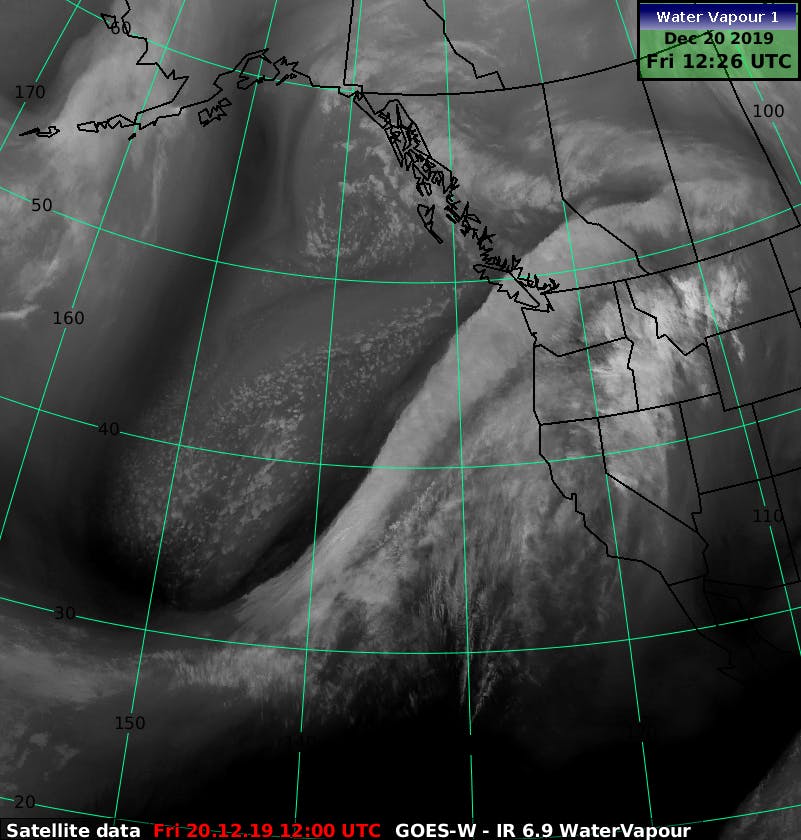
- Credit
- Environment and Climate Change Canada
Atmospheric Rivers (ARs) are long, narrow plumes of moisture originating from the tropics that deliver heavy amounts of precipitation and mild air. A well-known example is the “Pineapple Express” that originates near Hawaii and delivers heavy rain and snow to the west coast of North America.
ARs are responsible for 30-50% of our annual precipitation on the west coast. The strongest ones can deliver over 200mm of precipitation in a period of 36 to 48 hours. Given their warm source region, freezing levels rise significantly with the arrival of atmospheric rivers--typically over 2,500m along the coast and over 1,500m in the interior of BC.
About 25 to 35 ARs hit BC’s coast each year, primarily during the late fall and winter seasons. The most intense produce damaging floods, landslides, and widespread natural avalanche cycles. While the onset of an AR can deliver copious amounts of mountain snow, rising freezing levels typically result in rain to almost all elevations by the end of the storm. Freezing rain is another common occurrence in the valleys of the BC Interior, particularly when ARs are preceded by well-entrenched Arctic air.